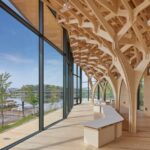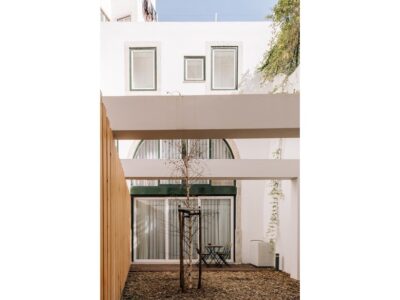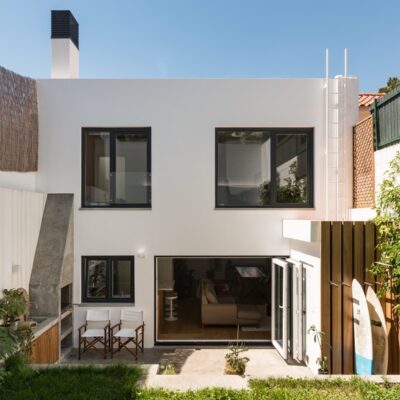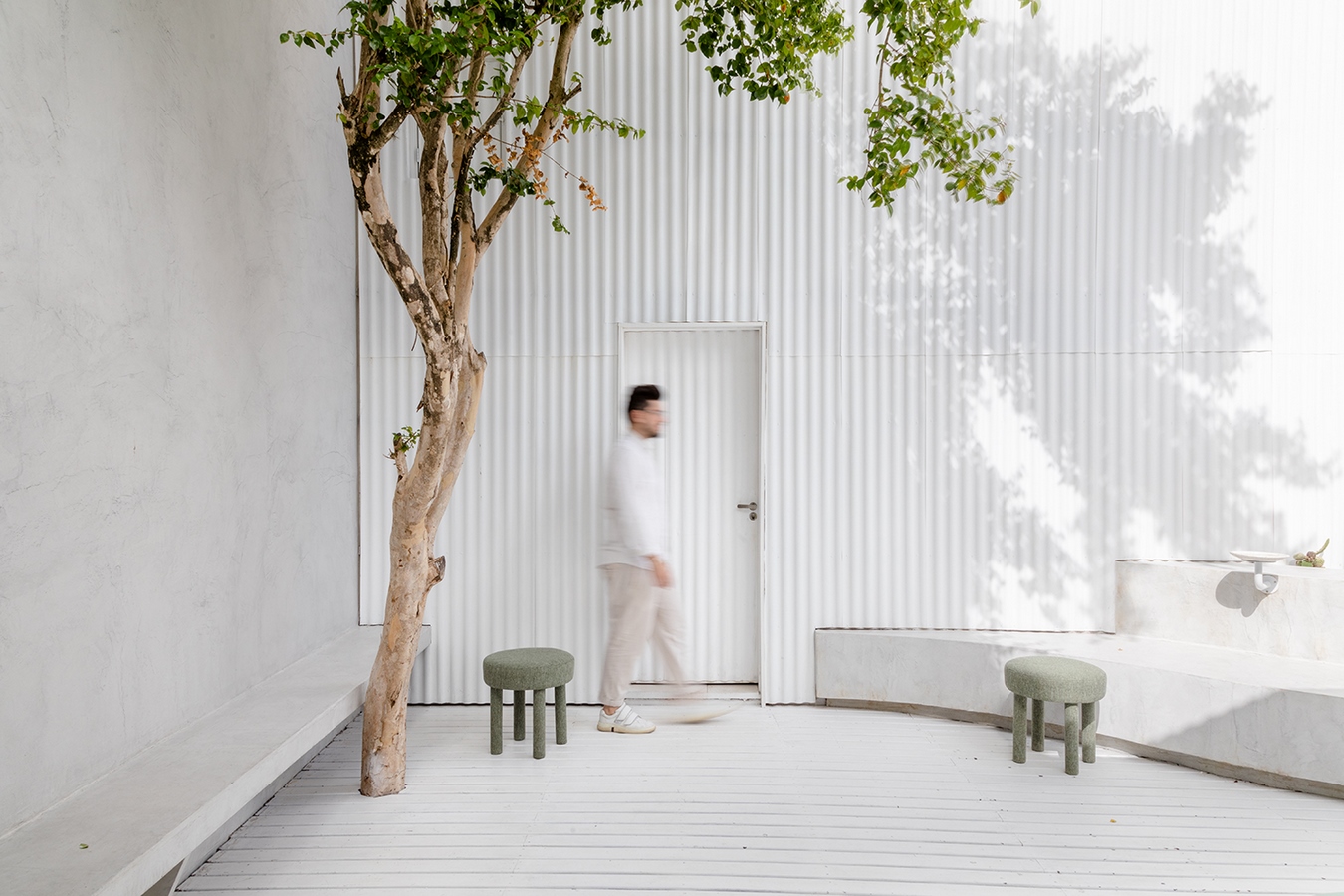Honoring Tradition with Modern Innovation
The Pavilion of Floating Lights, designed by JK-AR, seeks to reimagine East Asian timber architecture, particularly ‘-ru’, a traditional pavilion concept on a larger scale. Inspired by the historic Chokseok-ru in Jinju, Korea, the project features six tree-like columns that pay homage to the symbolic pillars of the iconic building constructed in 1365.

Fusion of Traditional Craftsmanship and Technology
In an effort to preserve traditional carpentry techniques, the project avoids the use of nails and adhesives. Instead, complex plywood members, crafted with precision using a CNC router, are assembled into tree structures using Augmented Reality technology. This marriage of ancient craftsmanship with modern fabrication methods showcases the potential for traditional East Asian architecture to thrive in the digital age.

Redefining the Civic Role of ‘-ru’
While ‘-ru’ traditionally served private or military purposes with elevated floors for observation, the Pavilion of Floating Lights transforms this concept into a civic platform for Jinju. Situated along the Namgang River, the project becomes an iconic landmark, particularly during the Floating Lights Festival, a significant local event.

Bridging Natural and Urban Environments
The pavilion offers visitors a unique experience that blends natural and urban landscapes. Inspired by the city’s historic bamboo forests, the tree columns create an interior space reminiscent of a forest pathway. Glass walls on three sides blur the boundaries between indoors and outdoors, fostering a sense of openness and connection to the surrounding environment. Moreover, the distinctive tree structure not only defines the interior ambiance but also serves as a symbolic landmark visible from afar, symbolizing the fusion of tradition and innovation.


Conclusion
The Pavilion of Floating Lights stands as a testament to the enduring legacy of East Asian timber architecture. By integrating traditional craftsmanship with modern technology and reimagining the civic role of ‘-ru’, the project celebrates Jinju’s rich cultural heritage while embracing its future as a vibrant city along the Namgang River.





















Comments